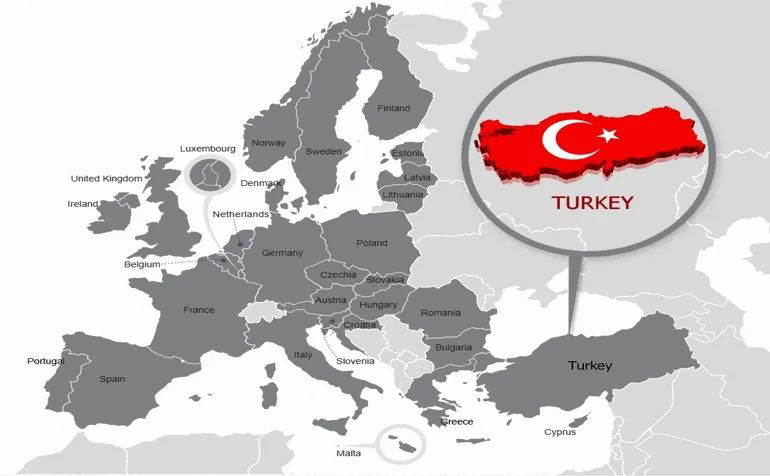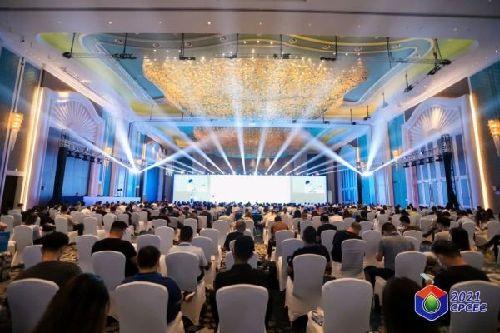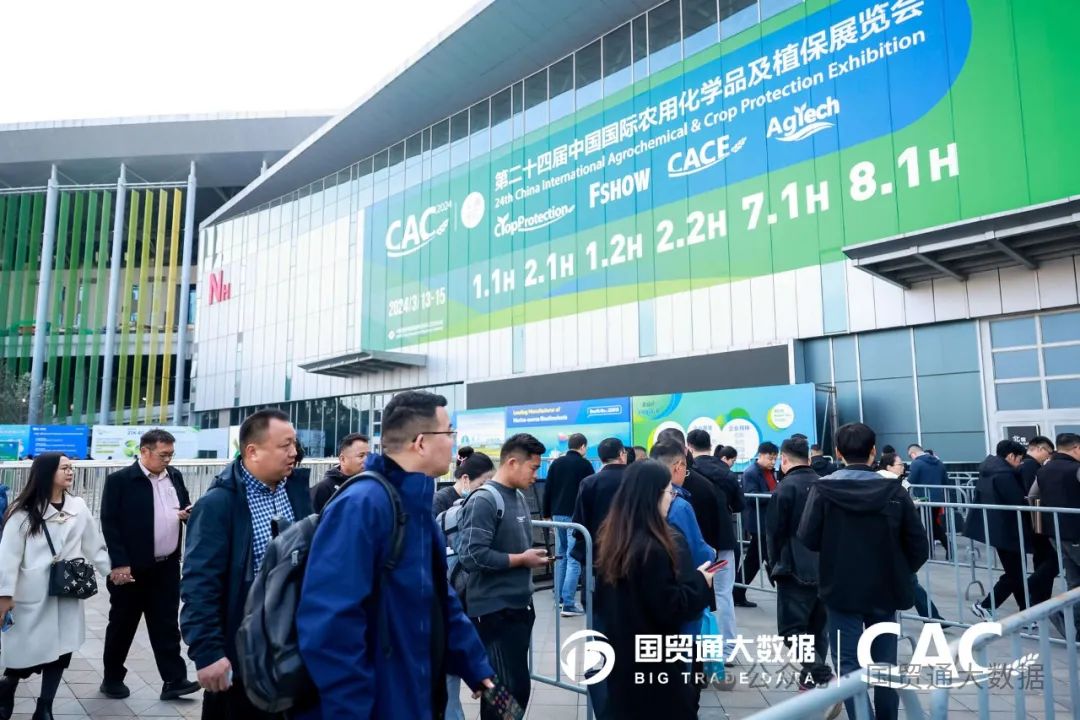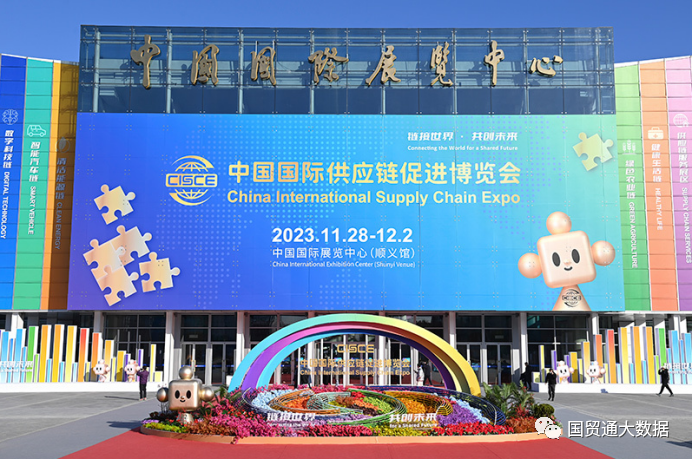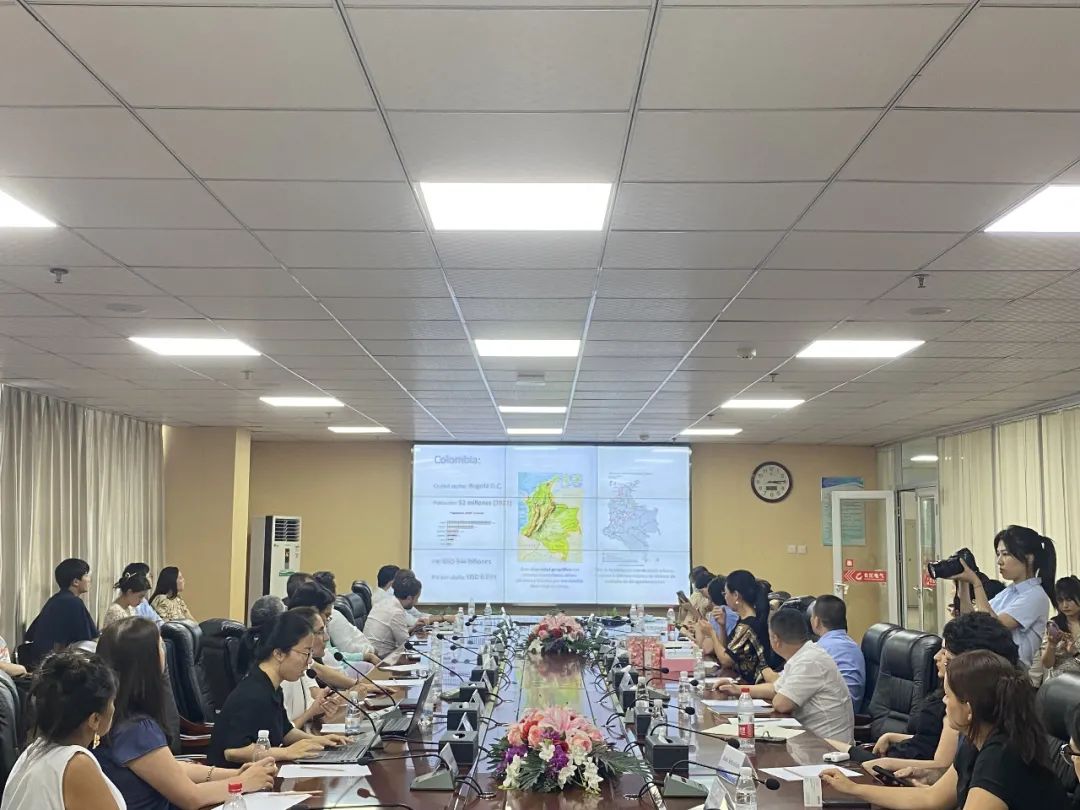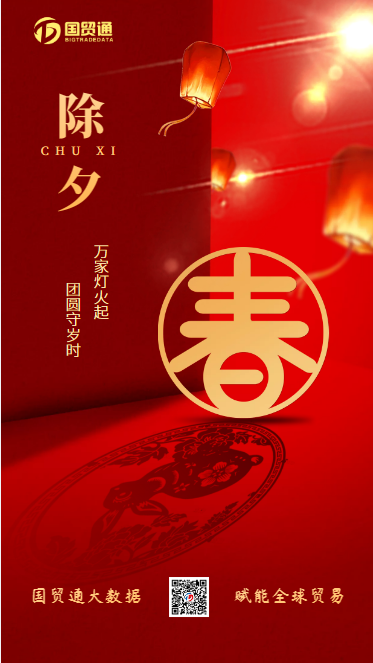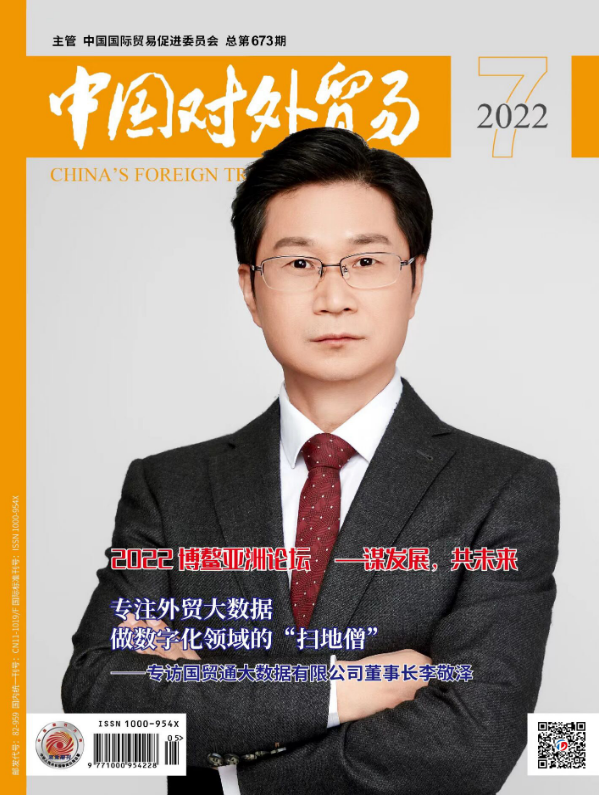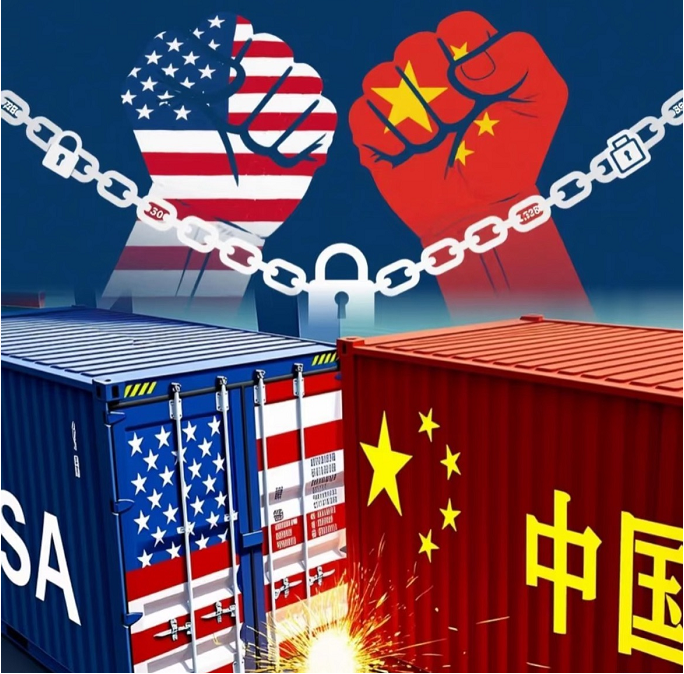
Latest Developments and Future Trends in U.S.-China Tariff Adjustments
“According to the latest information, U.S.-China tariff policies have undergone multiple recent adjustments, showing a pattern of phased easing while remaining uncertain in the long term.”
According to the latest information, U.S.-China tariff policies have undergone multiple recent adjustments, showing a pattern of phased easing while remaining uncertain in the long term. Below is a summary of key developments:
1. Phased Tariff Reductions in May 2025
United States: Suspended 24% of additional tariffs on Chinese goods (retaining 10%) and canceled 91% of subsequent planned tariff increases.
Cina: Similarly suspended 24% of retaliatory tariffs (retaining 10%) and canceled 91% of follow-up measures.
Negotiation window: A 90-day negotiation period (until August 1) was set to determine whether the adjusted rates would be maintained long-term.
2. Framework Agreement in July 2025
U.S. tariffs on China: Reduced to 30% (previously as high as 35%-125% for some goods).
China tariffs on the U.S.: Lowered to 10% (previously up to 84% for certain retaliatory tariffs).
Core exchange conditions:
China’s commitment: To supply rare earths (especially samarium, gadolinium, and terbium) to the U.S.
U.S. concession: Eased restrictions on exports of certain semiconductor equipment (e.g., 14nm process technology) to China.
3. Current Key Developments
Trump’s global tariff hikes: On July 7, announced 25%-40% tariffs on 14 countries, including Japan, South Korea, and Southeast Asian nations (effective August 1), but U.S.-China trade talks were temporarily paused and extended to mid-August.
Supply chain adjustments:
Tesla canceled its battery plant in Thailand, shifting production to Texas.
Toyota is considering relocating some production from Japan to Mexico.
4. Future Trends and Risks
Mid-August deadline: If no final agreement is reached, the U.S. may reinstate high tariffs announced in April (some rates could rebound to 35%-50%).
Global trade war risks:
The EU, Japan, India, and others are preparing countermeasures.
The World Bank predicts a full-scale trade war could slow global GDP growth by 0.8 percentage points.
5. Summary
Short-term: The U.S. and China have temporarily eased tensions through deals like "rare earths for chips," reducing some tariffs.
Long-term: The outcome of August negotiations will determine whether high-tariff confrontations resume, and businesses should prepare for supply chain disruption risks.
Overall, U.S.-China trade relations remain in a state of strategic competition, with future developments hinging on the August negotiations.

